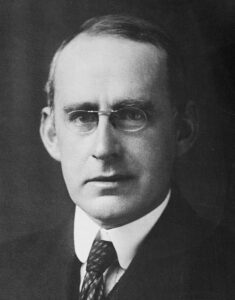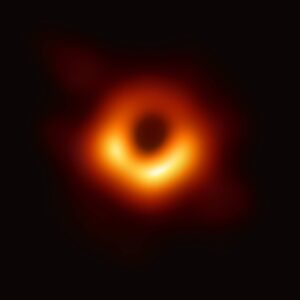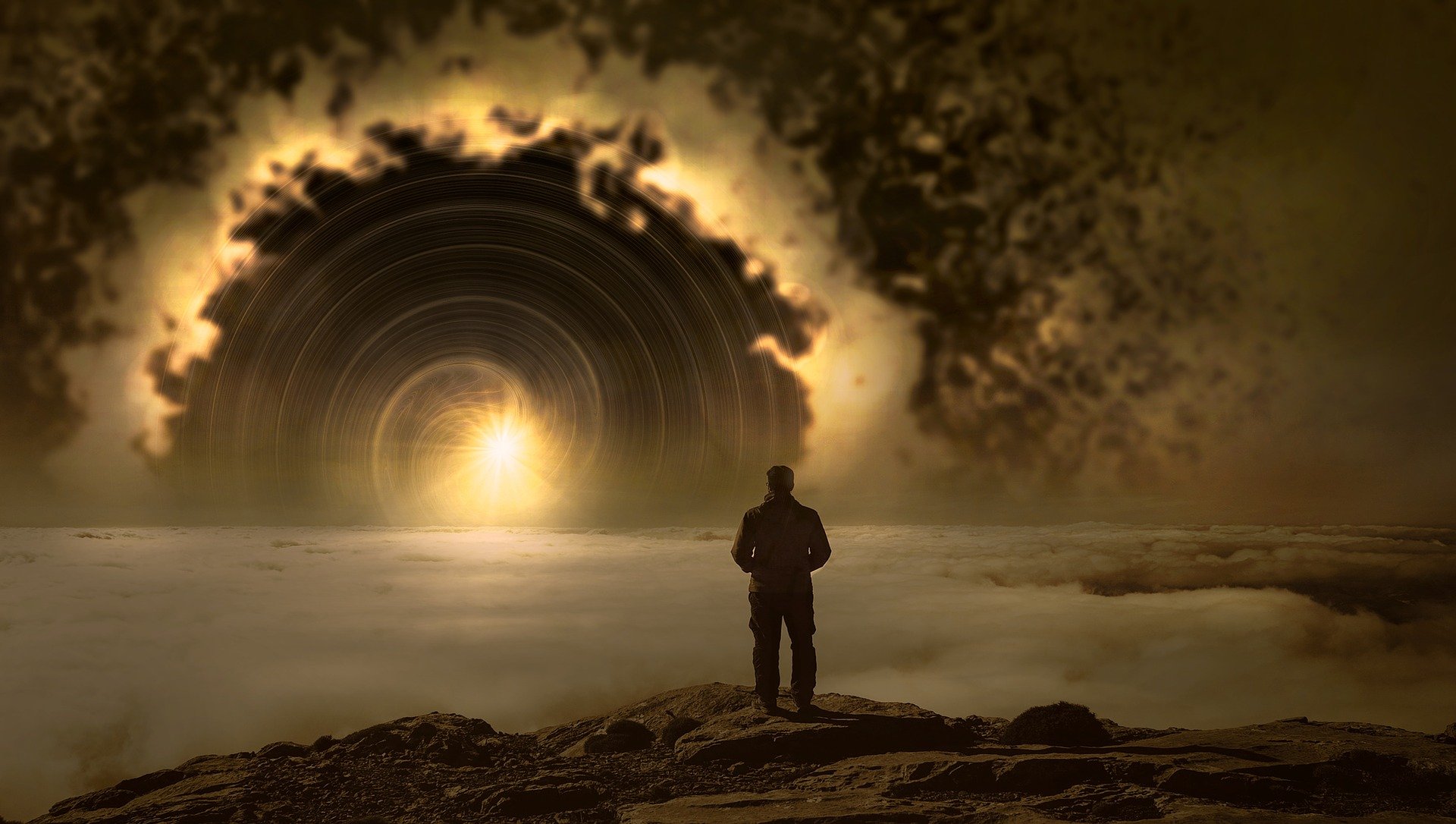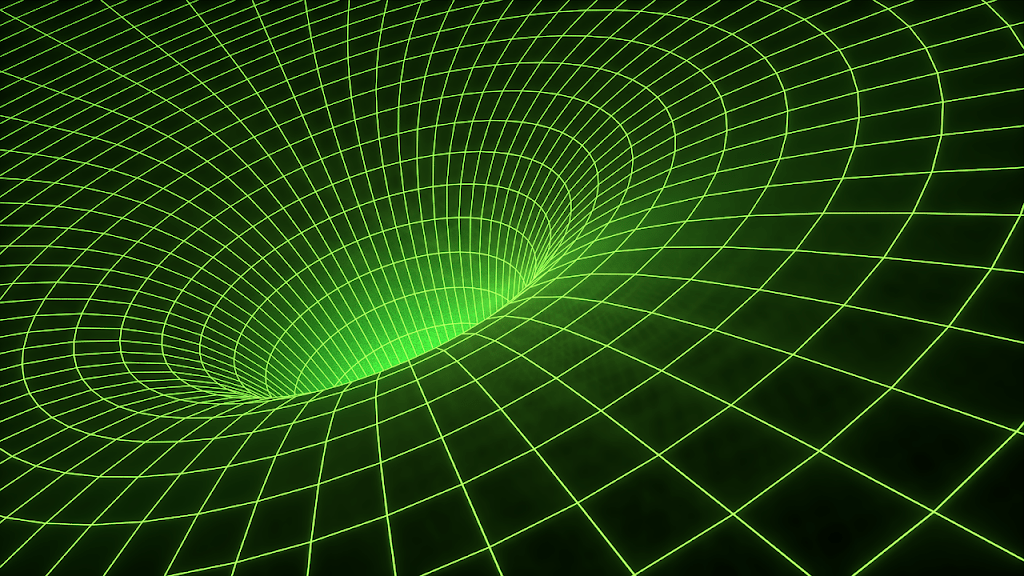INTRODUCTION
Subrahmanyan Chandrasekhar was an Indian-American astrophysicist, born on 19th October, 1910, who won the Nobel Prize in 1983 along with William A. Fowler for his theoretical ventures to the importance of physical processes regarding the structure and evolution of stars. He was also the nephew of another Nobel Prize winning Indian physicist, C. V. Raman.Chandrasekhar studied at the Presidency College, Madras (now Chennai) to complete a B.Sc(Hons) degree in physics. Later, his dreams of becoming a physicist led him to the University of Cambridge from where he completed his masters and PhD in physics. He was a professor at the University of Chicago from 1937 until his death in 1995(aged 84). He did some studies at the Yerkes Observatory and also served as an editor of The Astrophysics Journal from 1952 to 1971. He was the Morton D. Hull Distinguished Service Professor of Theoretical Astrophysics.
THE BIG IDEA
In 1928, Chandrasekhar set sail for England to study at the University of Cambridge with Sir Arthur Eddington who was the man behind the experimental verification of Einstein’s famous theory of General Relativity. Despite the complexities, it can be said without a doubt that Eddington was one of the few people who really understood General Relativity at that time.On his way to England, Chandrasekhar thought whether there is a limit to how massive a star can get before it can collapse under its own gravity. To understand this, we need to familiarise ourselves with the life of a star, like the Sun.
Stars can die out after a certain point of time. It might sound a bit weird but our Sun will also die. Let us understand the mechanism behind it! Within a star, nuclear reactions take place inside its core which holds the star. However, they don’t last forever. When the nuclear reactions stop, the star tends to get smaller because it tends to collapse under its own gravity. We can argue that why does a star tend to collapse under its own gravity whereas planets like Earth don’t. Here, we have to take in account the fact that the mass of a star is much more than a planet. Hence, the effect of gravity is more in case of stars. But, there is also an opposite force acting against the contraction.
According to Pauli’s exclusion principle by the famous physicist, Wolfgang Pauli, no two electrons can be at the same position at a particular time. In general, when electrons come very close to each other, this principle comes into play and results in the electron degeneracy pressure which is the force acting opposite to the gravity of the star.
The force between the inward pull of the gravity of the star and the outward force of electron degeneracy pressure balances out and gives rise to a white dwarf which is the ultimate fate of the Sun.
Now, let us come back to the question of Chandrasekhar. Is there a limit to how massive a star can get before it collapses under its own gravity? We know about the electron degeneracy pressure acting on the star due to the fact that star is contracting which results in the electron coming closer. But what if the electron degeneracy pressure doesn’t balance out with the gravity? It was definitely possible that the gravitational force exceeds that of electron degeneracy pressure and there is no balance. Since, the gravity of the star depends upon its mass, there must be a certain mass after which, the gravitational pull becomes stronger than the electron degeneracy pressure and the star collapses under its own gravity.
THE BLACK SOLUTION
Chandrasekhar’s idea led to the discovery of the Chandrasekhar limit. The Chandrasekhar limit puts a limit to the mass of the star after which, the star will collapse under its own gravity. This theory had serious implications. Now, there are three possibilities that can take place when a star dies out.
1) White Dwarf – When the gravitational attraction and electron degeneracy pressure balances out, i.e., when the star’s mass is below the Chandrasekhar limit.
2) Neutron Star – When the star’s mass is above the Chandrasekhar limit but they are balanced due to the degeneracy pressure of protons and neutrons rather than electrons and the gravitational attraction of the star.
3) Black Hole – When the star’s mass is above the Chandrasekhar limit and the star collapses under its own gravity.
In the case of a white dwarf, the mass is comparable to that of Sun and the volume is comparable to that of Earth.
In neutron stars, the mass is very small as compared to a white dwarf. However, it is much denser than the white dwarf.
The serious problem arrives at the third category, the black hole. In those days, something as unusual and weird as a black hole was subject to great controversy. When the star collapses under its own gravity, it becomes so dense that the gravitational force of the black hole becomes very powerful. In fact, the gravity becomes so powerful that even light cannot escape from it and since nothing is faster than light, nothing can escape from the gravitational pull of a black hole.
Sir Arthur Eddington was strictly against the Chandrasekhar limit. We could argue that stars threw off some of their mass in an explosion before contracting to make the mass below the Chandrasekhar limit. But it was very hard to believe that this happened to every star with its mass greater than the Chandrasekhar limit. The great irony is that Albert Einstein, who was the discoverer of the General Theory of Relativity argued against the existence of black holes. Although, physicists like Niels Bohr, William A. Fowler and Wolfgang Pauli were in support of Chandrasekhar limit, they couldn’t do anything due to the extreme repute of Eddington.
AFTERMATH
Chandrasekhar was forced to abandon his work and focus on other topics of astronomy. Moreover, the interest had then been shifted to the new and emerging field of quantum mechanics. Then, it was again revived later. And it was eventually discovered that black holes really do exist. And it is proved again that nature is absolutely weird and that is why the world of physics is so beautiful. Now, the existence of black holes has been proved and scientists have achieved the marvelous feat of taking the first picture of a black hole. The story of Chandrasekhar also teaches us to keep an open mind about everything. No matter how big you are, preconceived notions can destroy you.
Chandrasekhar limit has various applications in the field of astronomy. With Chandrasekhar limit, we can find out the fate of a star, whether it becomes a white dwarf, neutron star or the weird, infamous black hole.











Interesting ..👌🏾👌🏾